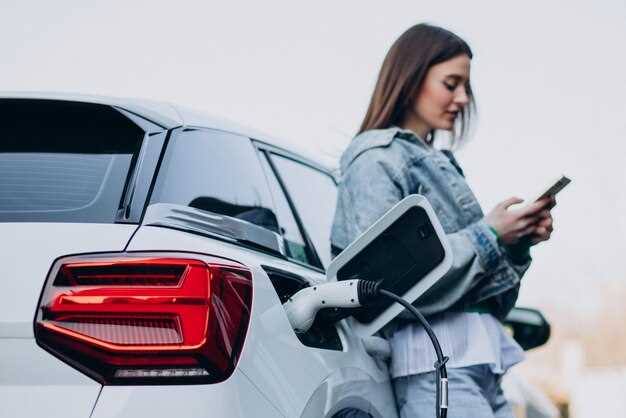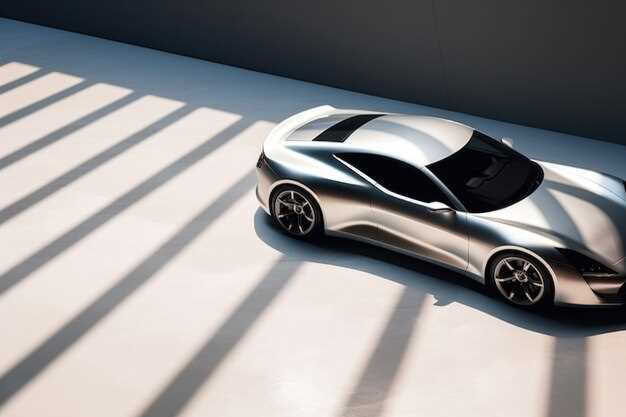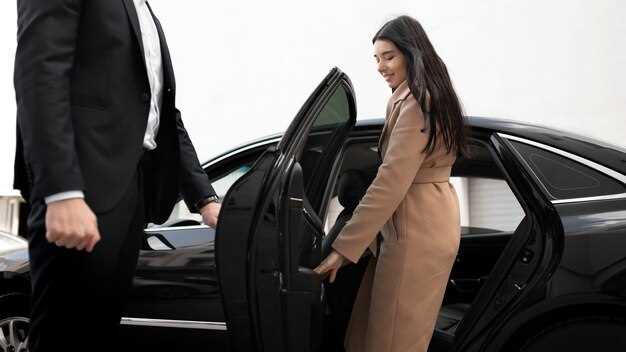
As the automotive industry pivots toward electrification, two titans emerge in the luxury electric vehicle segment: the Mercedes-Benz EQS and the Tesla Model S. Both vehicles represent the pinnacle of electric mobility, blending cutting-edge technology with unparalleled performance and refinement. This article delves into the distinguishing features and capabilities of these two iconic models, providing an in-depth comparison to help potential buyers navigate their choices in this crowded, yet elite, market.
At first glance, the EQS captivates with its elegant design and meticulous craftsmanship, embodying the luxurious ethos of the Mercedes-Benz brand. From its opulent interior to its array of advanced assistance systems, the EQS is engineered to offer an experience that is both serene and exhilarating. Conversely, the Model S commands attention with its bold aesthetics and innovative technology, showcasing Tesla’s commitment to performance and sustainability. With its unmatched range and rapid acceleration, the Model S consistently redefines the boundaries of what an electric vehicle can achieve.
This showdown is not merely a battle of aesthetics; it is a clash of philosophies and innovations. While the EQS prioritizes traditional luxury elements and comfort, the Model S emphasizes performance and cutting-edge tech integrations. By exploring aspects such as design, efficiency, interior comfort, and driving experience, we will uncover the strengths and weaknesses of each contender, providing a comprehensive overview for discerning buyers seeking the ultimate electric luxury sedan.
Comparative Analysis of Range and Charging Solutions
The Mercedes EQS and Tesla Model S both represent the pinnacle of luxury electric vehicles, boasting impressive ranges and advanced charging solutions tailored to meet the needs of modern drivers. A thorough examination reveals distinct approaches taken by both manufacturers regarding these critical aspects.
Range
The Mercedes EQS offers an estimated range of up to 350 miles on a single charge, depending on the configuration and driving conditions. This range is facilitated by its aerodynamic design and a sizeable battery pack, which collectively enhance efficiency. On the other hand, the Tesla Model S pushes the envelope further with an impressive range that can reach up to 405 miles for the Long Range variant, setting a benchmark in the electric vehicle (EV) market. Tesla’s innovative battery technology and software optimizations contribute significantly to its extended range, providing an advantage for long-distance travel.
Charging Solutions
Both vehicles come equipped with advanced charging solutions, but their networks and capabilities differ greatly. The EQS supports various charging options, including AC home charging, public charging stations, and DC fast charging. With the ability to charge at up to 200 kW, the EQS can reclaim roughly 80 miles of range in about 15 minutes at a fast charging station, making it suitable for both daily commutes and longer trips.
In contrast, the Tesla Model S benefits from the extensive Supercharger network, which is renowned for its speed and availability. Capable of achieving charging speeds of up to 250 kW, Model S owners can add up to 200 miles of range in around 15 minutes, depending on the location and specific Supercharger. Moreover, Tesla’s seamless integration of navigation with charging stations allows for efficient travel planning, significantly reducing range anxiety.
Conclusion
In summary, while both the Mercedes EQS and Tesla Model S provide robust ranges and effective charging solutions, the Tesla Model S edges out in overall range capabilities and the accessibility of its fast-charging network. Meanwhile, the EQS focuses on luxury and comfort, presenting a compelling alternative for those who prioritize these attributes alongside sufficient driving range.
Interior Features: Comfort and Technology Comparison

The interior of both the Mercedes EQS and Tesla Model S reflects a commitment to luxury and cutting-edge technology, yet they embody distinct philosophies in design and functionality.
Mercedes EQS is synonymous with opulence. The cabin is adorned with high-quality materials, including natural leather, sustainably sourced wood, and chrome accents, contributing to an upscale ambiance. Mercedes’ MBUX Hyperscreen, a massive curved display that spans the dashboard, dominates the interior, offering a user-friendly interface for both driver and passengers. The ambient lighting system provides customizable color options, creating a serene atmosphere. The EQS also features advanced noise-cancellation technology, enhancing passenger comfort during travel.
In contrast, the Tesla Model S prioritizes minimalism and functionality. The interior is characterized by a sleek, streamlined design with a central 17-inch touchscreen that controls nearly all vehicle functions. While it opts for a more simplistic aesthetic, the materials used, such as premium vegan leather and high-quality finishes, still exude a sense of luxury. The Model S incorporates over-the-air software updates, ensuring that technology remains up-to-date without the need for a dealership visit. The sound system, developed by Tesla, delivers exceptional audio quality, enhancing the in-car experience.
Both vehicles excel in comfort features as well. The EQS offers heated, ventilated, and massaging seats, with a focus on ergonomics tailored for long drives. Tesla also provides heated and ventilated seats, though massaging functionality is notably absent. Additionally, the EQS boasts a spacious rear cabin with ample legroom and optional reclining seats, making it ideal for executive transport. The Model S offers a more sport-oriented seating configuration, including an optional third row for added versatility.
When it comes to technological innovations, the EQS integrates advanced driver-assistance systems, including an exceptional augmented reality head-up display. The Model S features Autopilot, Tesla’s leading semi-autonomous driving technology, which continues to improve through software enhancements. Both models offer comprehensive connectivity options, with the EQS providing seamless integration with smartphones and smart home devices, while the Model S focuses on internet capabilities, facilitating streaming services and gaming.
Ultimately, the choice between the Mercedes EQS and Tesla Model S depends on personal preferences regarding luxury, comfort, and technology. The EQS leans towards lavishness and traditional luxury, while the Model S embodies a modern, tech-driven approach.
Performance and Driving Experience: A Side-by-Side Evaluation

The Mercedes EQS and Tesla Model S represent two distinct approaches to luxury electric sedans, each offering unique performance characteristics and driving experiences. Analyzing these two vehicles reveals significant insights into their capabilities and features.
Starting with the Mercedes EQS, it features a dual-motor setup that delivers a remarkable 516 horsepower in the EQS 450+ and up to 629 horsepower in the EQS 580 4MATIC. This setup allows the EQS to accelerate from 0 to 60 mph in just about 4.1 seconds. The smooth and quiet ride is accentuated by the vehicle’s air suspension, which adapts to driving conditions, providing excellent handling and comfort. The EQS prioritizes a feeling of serene luxury, making it ideal for long-distance cruising.
Conversely, the Tesla Model S is notorious for its performance orientation. The dual-motor all-wheel-drive system offers up to 1,020 horsepower in the Plaid variant, allowing blistering acceleration from 0 to 60 mph in a mere 1.99 seconds. This model focuses on raw speed and agility, which is palpable in its dynamic steering and lower ride height. While the handling is sharper, it can sometimes compromise on ride comfort compared to the EQS in urban settings.
In terms of range, the EQS boasts an impressive estimated range of 350 miles, while the Model S can extend up to 405 miles on a single charge. Both vehicles are equipped with advanced regenerative braking systems, promoting efficiency and maximizing range during everyday use.
When it comes to the driving experience, the EQS offers a more traditional luxury feel, with a focus on plush materials and noise insulation. Its MBUX Hyperscreen provides an immersive interface, albeit potentially distracting due to its complexity. The Model S, meanwhile, leverages its minimalist interior and advanced autopilot features to deliver a futuristic experience, appealing to tech enthusiasts. The larger touchscreen interface in the Model S ensures easy access to vehicle settings and entertainment systems.
Ultimately, the choice between the Mercedes EQS and the Tesla Model S comes down to individual preferences regarding performance and driving experience. The EQS leans towards opulence and comfort, while the Model S champions speed and technological advancement, making them both formidable contenders in the luxury electric car market.

